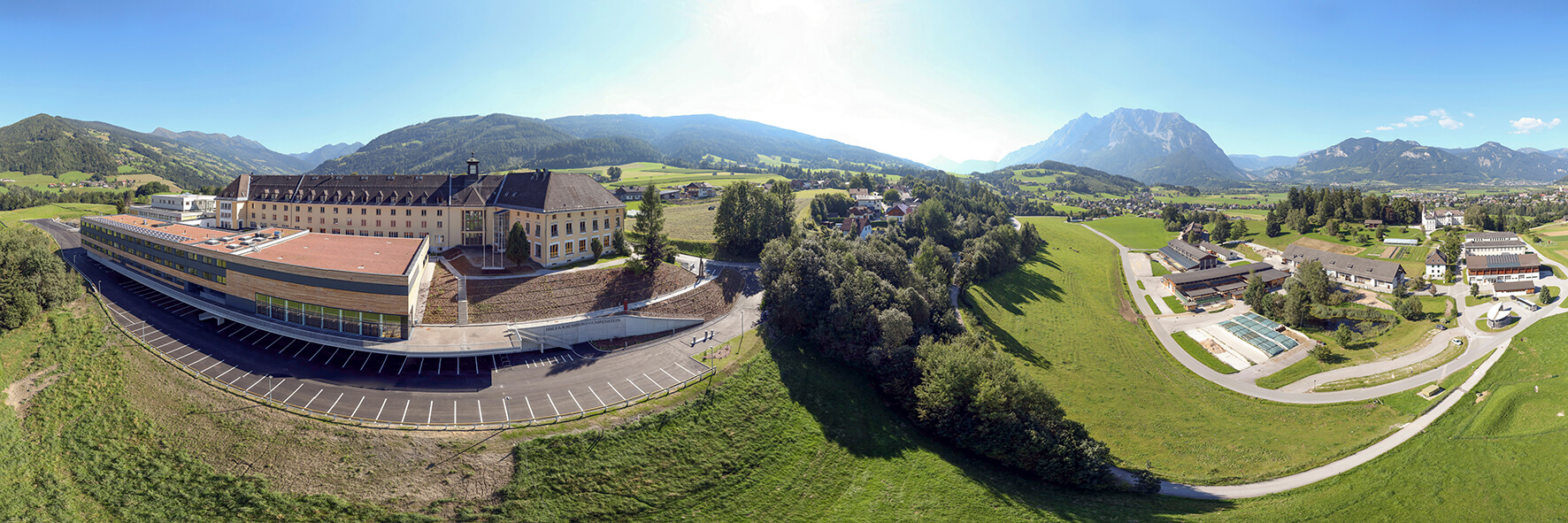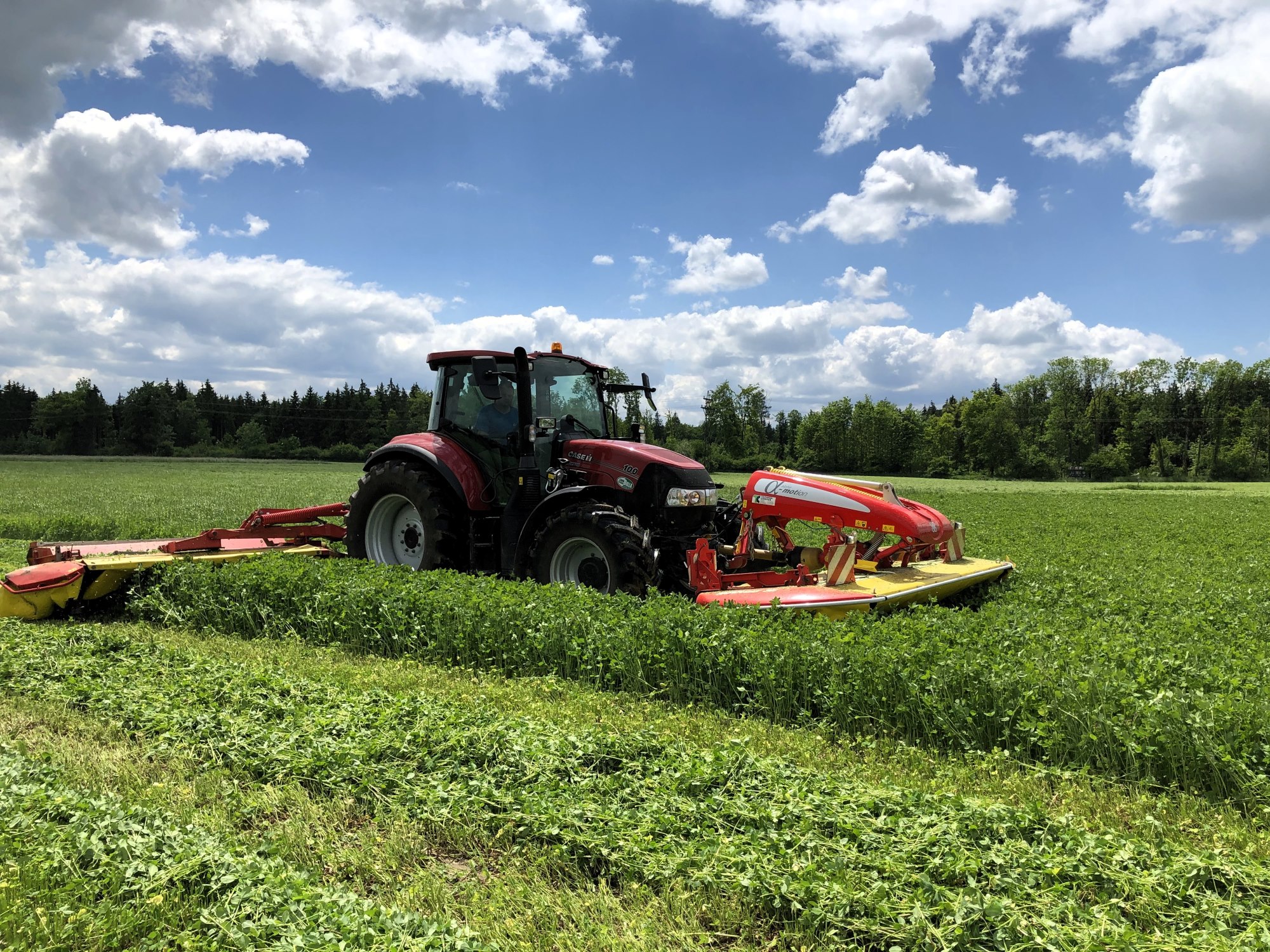Through symbiosis between plants and nodule bacteria large amounts of nitrogen are bound from the air and are then available to the next crops. However, this is only one advantage of this universal culture. Improving the and building up humus as well as eliminating weeds are also among the main advantages.
In addition, large quantities of feed harvested - not only quantitatively, but also qualitatively in the form of very high protein yields . Field fodder with a high proportion of legumes is the most productive protein crop of all and is far superior to soybeans.
Not only does the crop rotation , but also the stable and its residents. If the particularly sought-after nutrients phosphorus and sulfur are taken into account in this culture, further optimizations can be made and the foundation stone can be laid for a successful culture that will last several years .
Just listen or watch:
In this podcast episode, Priv.-Doz. Dr. Andreas Steinwidder with DI Daniel Lehner from our branch in Lambach about field fodder in general and legumes in particular:
Lucerne culture of the future for download









